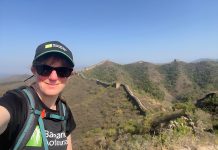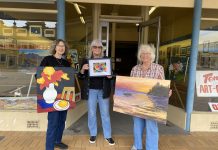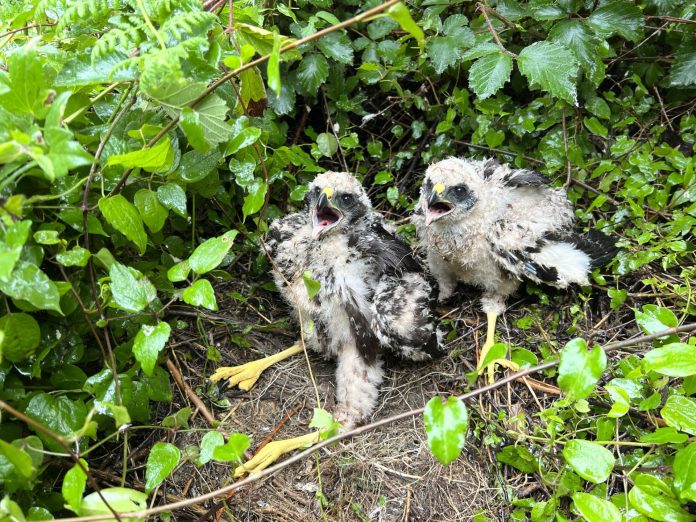
The Timaru-based New Zealand Raptor Trust has marked its 100th successful release of a rehabilitated bird of prey.
Established in 2016 by Vaughan Skea, the trust operates out of the Redruth industrial park and cares mainly for harrier hawks, little owls and kārearea (New Zealand falcon). It also runs education programmes for the public, including ‘‘the raptor experience’’, which gives people the chance to interact with the birds.
At the time of its inception there were no other facilities in the South Island focused specifically on rehabilitating birds of prey.
New Zealand Raptor Trust rehab co-ordinator Jenni Fraser said it was always a special moment to be able to release a raptor back into the wild.
‘‘It’s a great feeling. In reality we only release a third of what we get, so I find it nice to be able to go, ‘yay you’re out there’, because we don’t get to that for the other two-thirds.’’

Since it began, the trust has had 318 birds in its care — four falcons, 75 German owls and 239 hawks.
Due to the nature of their injuries and how they are received, many are euthanised almost immediately and some don’t survive through the first weeks of the rehabilitation process.
The most common injuries raptors face are wing and leg breaks, concussion and lead poisoning.
On December 16 last year, the trust celebrated its 100th release as it said goodbye to Keeva, a hawk it had raised since she was a month-old chick.
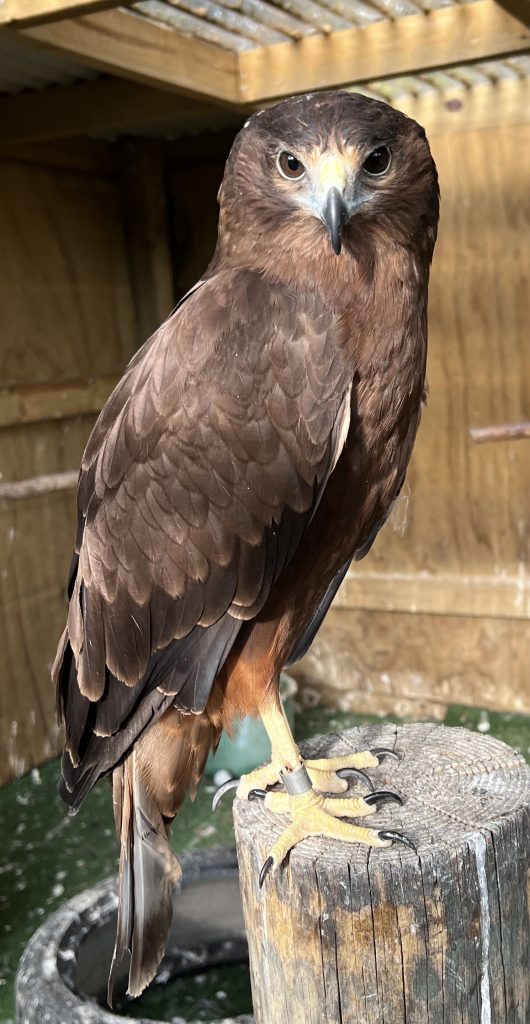
Mrs Fraser said Keeva, along with her brother Prince, were found in a nest on the Orari River bed near the Tripp Settlement on December 19, 2022.
‘‘We were contacted by a man called Scott, who had been clearing out blackberry from the riverbed and planting natives. They had dug a track so they could get through to do the planting and they came across the nest on the edge of the track.
‘‘We came down, had a look and concluded that the mother had abandoned them due to all the machinery. If we had left them, the predators would have had easy access to them since the path had been dug, so they probably would have died if we didn’t take them.’’
The two chicks were then taken in by the trust and split up so trust chairman Ron Lindsay could bond with Prince ahead of his entry into the education programme.
By December 28, Keeva was able to stand and run and by January 5 she was able to fly.
Mrs Fraser said Keeva was held and not released immediately as she had developed stressed feathers in her tail.
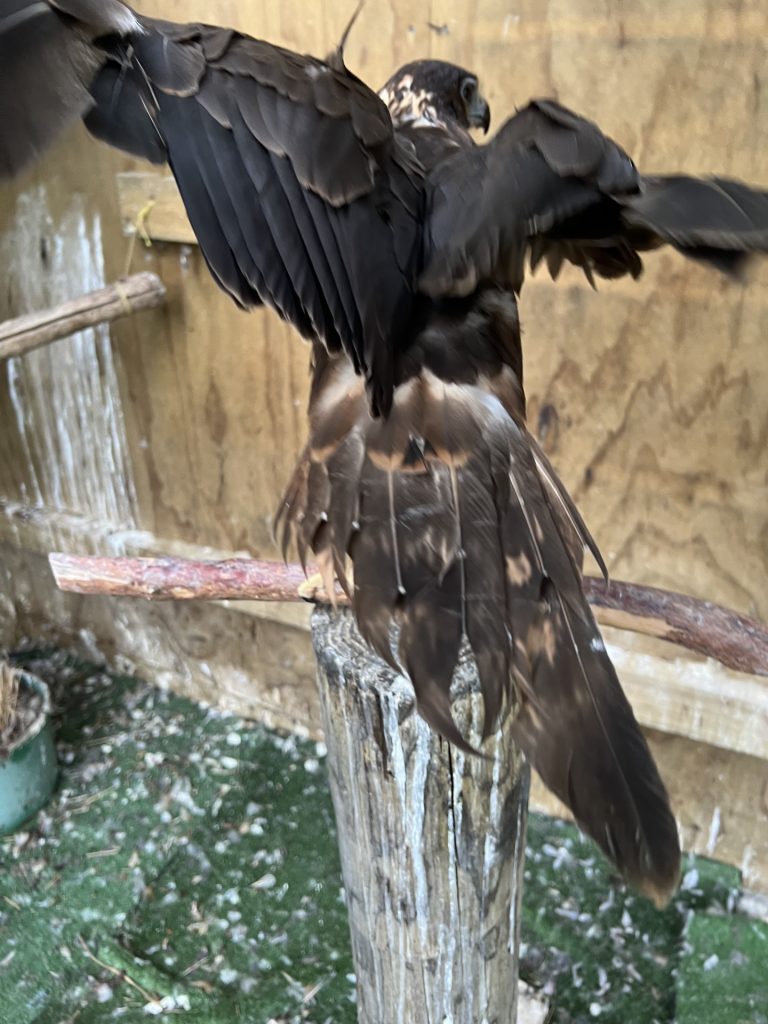
‘‘If we had released her straight away this probably would have happened to her tail in the wild and she wouldn’t be able to fly too well as it leads to broken feathers.’’
On release they had imped her tail to ensure it wouldn’t be an issue for her.
Alongside fellow rehab co-ordinator Angie Tidy, Mrs Fraser released Keeva back into the wild on December 16 last year.
She said so far they had not seen Keeva again but had food out for her if she ever visited.
Going into 2024, the trust hopes to build on the work it has been doing by seeking corporate sponsorship.
It is also in the process of building a new netted flight area to help with assessing flight ability before a bird is released, as well as continuing to work with Doc regarding a falcon-breeding permit.


